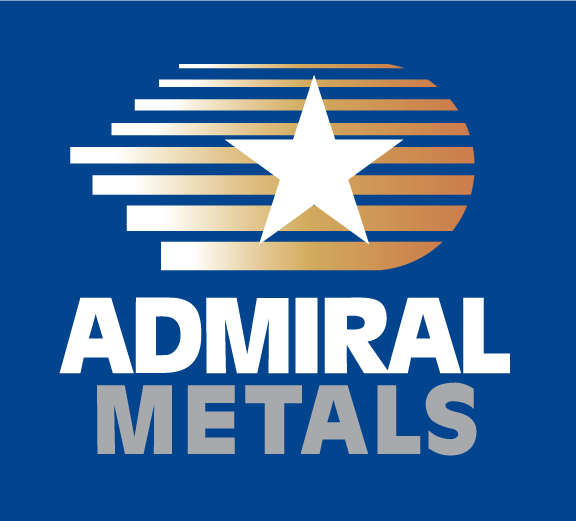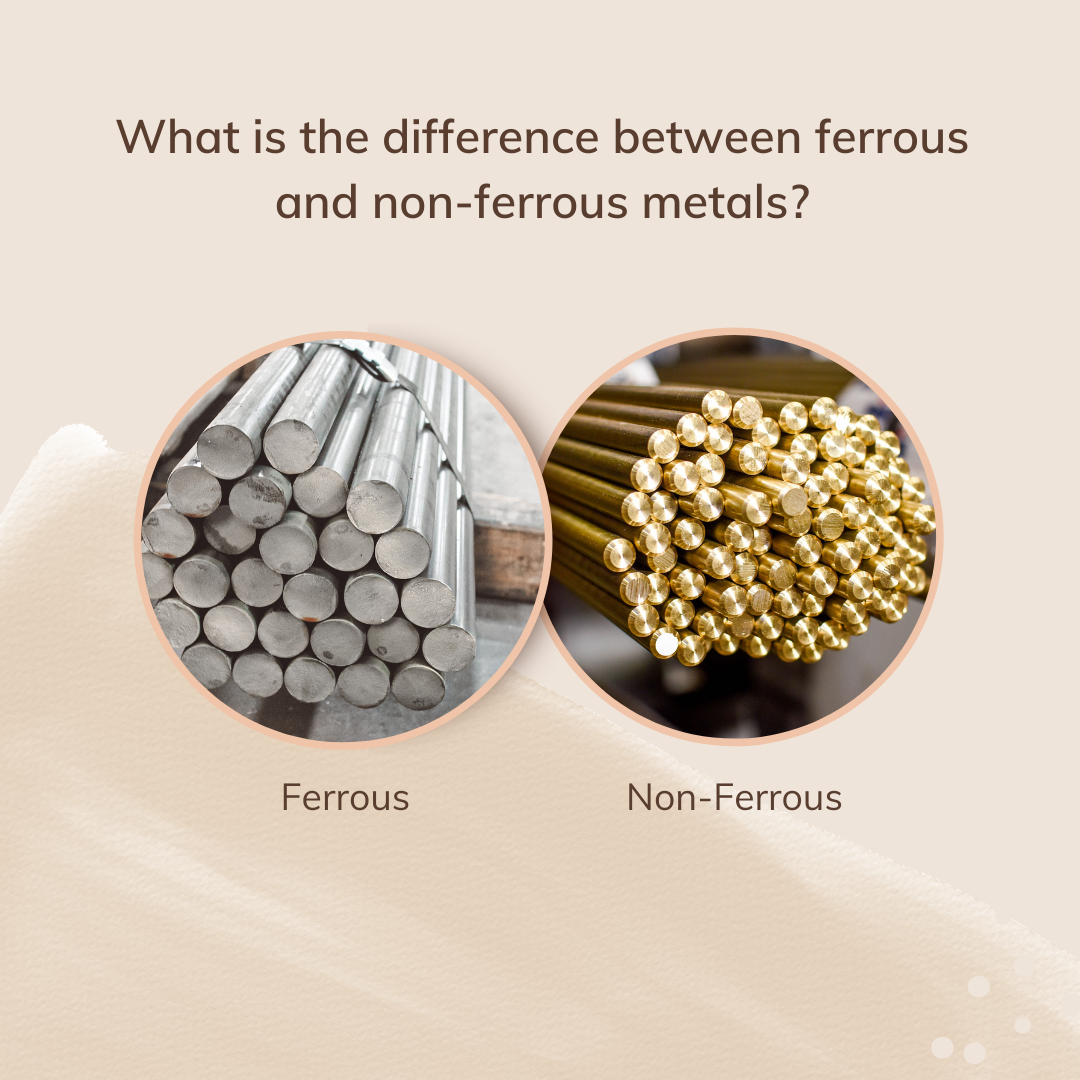Listening in on a conversation among metal industry professionals can sometimes feel like you’re trying to crack a code. Many conversations will be laced with acronyms, some of the most common being DFARS, MSDS, and RoHS. We’ve decided to break down some of the lingo regarding industry standards for you in a straightforward and easy to understand way.
What is DFARS?
DFARS is an acronym for the Defense Federal Acquisition Regulation Supplement. Under the Berry Amendment, DFARS gives preference in procurement to domestically produced, manufactured, or home grown goods. The specialty metals provision was added in 1973. It requires specialty metals incorporated in products delivered under Department of Defense contracts to be melted in the United States or a “qualifying country.” To find out more information regarding which metals are considered “specialty metals” and what counties other than the United States are “qualifying countries,” check out our newsletter, “What’s the 411 on DFARS?”
https://www.admiralmetals.com/admiral-metals/whats-the-411-on-dfars/
What’s an MSDS?
MSDS stands for material safety data sheet. A material safety data sheet is a formal document containing important information regarding the characteristics and actual or potential hazards of a substance. The document indicates the material’s manufacturer with location and contact info. Data outlined on the sheet includes the material’s chemical identity, any hazardous ingredients, the physical and chemical properties, fire and explosion information, reactivity data, health hazards, exposure limits, precations for safe storage and handling, need for protective gear, and spill control, cleanup, and disposal procedures. MSDS is mandated and enforced by OSHA.
What does it mean to be RoHS compliant?
RoHS stands for the Restriction of Hazardous Substances directive. In order to be compliant with this directive, components in electronic and electric equipment must be tested for dangerous substances. RoHS limits or bans the presence of substances such as Lead, Cadmium, Mercury, Hexavalent Chromium, Polybrominated Biphenyls, and Polybrominated Diphenyl Ethers. Also, any RoHS compliant component must have 100ppm or less of Mercury and the Mercury must not have been intentionally added to the component. These substances can create pollution and expose manufacturer employees and recyclers to health dangers.
We’d love to hear from you! Are there any other industry terms you’d like us to delve into? Let us know in the comments section.



